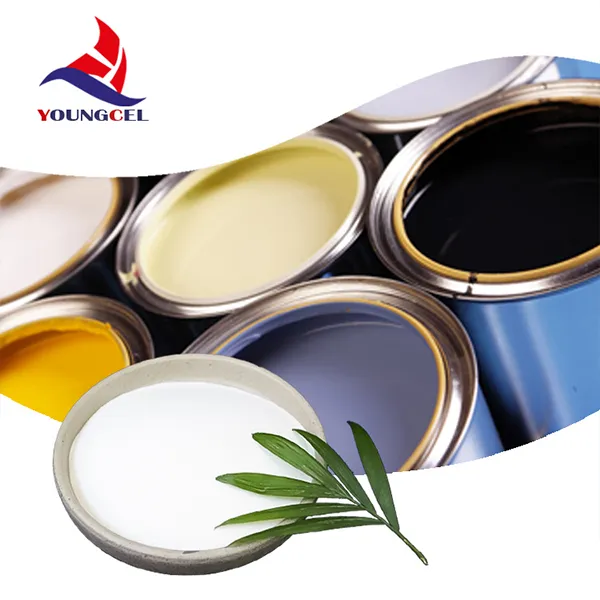The Importance of Cellulose Methyl in Modern Applications
Cellulose, a natural polymer derived from plant cell walls, is the most abundant organic polymer on Earth
. It serves as a crucial component in a variety of natural and synthetic materials. Among its derivatives, methylcellulose has gained significant attention due to its versatile properties and wide-ranging applications across different industries. This article explores the significance of cellulose methyl, its production, and its diverse uses.Methylcellulose is synthesized by treating cellulose with methyl chloride in the presence of a base, which leads to the substitution of some of the hydroxyl groups on the cellulose chain with methyl groups. The degree of substitution affects its solubility and other functional characteristics, making the control of this process essential for achieving the desired properties. One of the notable features of methylcellulose is its ability to form a gel when heated, a characteristic that is invaluable in various food and cosmetic applications.
In the food industry, methylcellulose is widely used as a thickening agent, emulsifier, and stabilizer. It imparts a desirable texture to products such as ice cream, sauces, and dressings while preventing the separation of ingredients. The unique property of thermal gelation allows food manufacturers to create low-fat products with a creamy mouthfeel, satisfying consumer demand for healthier options without sacrificing taste. Moreover, methylcellulose is considered safe and approved for consumption by various health authorities, adding to its favorable profile.
cellulose methyl

In the realm of pharmaceuticals, cellulose methyl plays a vital role as a binder and controlled-release agent in tablet formulations. Its ability to swell and form a gel in response to moisture makes it ideal for formulating slow-release medication. This property optimizes drug delivery by ensuring that medication is released slowly and steadily into the body, enhancing therapeutic effects and minimizing side effects. Furthermore, methylcellulose is used as an excipient in various topical preparations, where it serves to enhance stability and prolong the shelf life of products.
The construction industry also benefits from methylcellulose, where it is incorporated into cement-based products, adhesives, and paints. Its exceptional water-retention properties enable it to enhance workability and adhesion, facilitating the application of materials and extending the usability time of products like mortars and plasters. As a result, construction materials formulated with methylcellulose exhibit improved performance, increased durability, and optimal application characteristics.
Furthermore, the cosmetic industry has embraced methylcellulose for its thickening and film-forming abilities. It is a key ingredient in lotions, creams, and hair care products, contributing to their aesthetic appeal and functional performance. Its non-toxic nature makes it suitable for formulations intended for sensitive skin types, enhancing consumer confidence and satisfaction.
In summary, cellulose methyl is a vital derivative of cellulose, showcasing a breadth of applications across various sectors, including food, pharmaceuticals, construction, and cosmetics. Its unique properties, such as gel formation and water retention, enable manufacturers to innovate and improve product formulations, meeting the evolving demands of consumers. As research continues to explore and expand its potential, methylcellulose is poised to remain a significant component in both existing and emerging markets. The ongoing interest in sustainable materials further reinforces the relevance of this natural polymer derivative, aligning with the wider movement towards eco-friendly and bio-based solutions.




